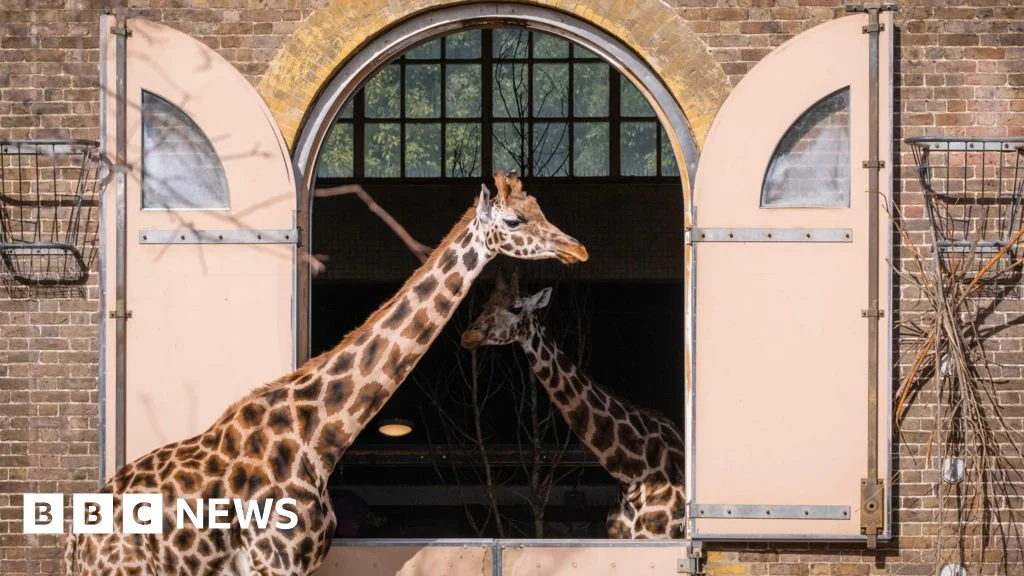
Exploring London’s Past: A Digital Recreation of London Zoo in 1904
In a captivating blend of history and technology, a London Zoo employee has brought the past to life by recreating the attraction as it appeared over 120 years ago. This unique digital simulation offers virtual visitors an immersive experience, showcasing the zoo’s buildings and animals from 1904, a pivotal year just before significant changes took place that would shape its future.
Designed for the popular simulation game Planet Zoo, this recreation is a tribute to the extraordinary history of London Zoo. Ralph Stickley, the designer and a dedicated engagement officer at the zoo, devoted nearly three years to this project, fueled by a spark of inspiration during the pandemic lockdown. He stumbled upon the book "London Zoo from Old Photographs" by John Edwards, which ignited his passion for illustrating the historical landscape of this renowned institution.

Stickley explains, "London Zoo is a really special place to work, with an incredible history. The evolving landscape of the site in Regent's Park has long been a fascination of mine." His choice of the year 1904 is particularly significant as it marks a time before many architectural transformations, courtesy of then-secretary Sir Peter Chalmers Mitchell, introduced innovative animal care methods that changed the zoo's layout fundamentally.
Visitors will recognize several iconic landmarks from the original zoo, such as the Clock Tower that once topped a building housing camels, and the Blackburn Pavilion, a pioneering reptile house of its time. The digital recreation captures the essence of these structures with "extraordinary" attention to detail, making it a visual treat for all.

Tina Campanella, the bicentenary manager at ZSL (Zoological Society of London), notes the importance of this digital glimpse into the past as the charity prepares to celebrate its 200th anniversary in 2026. She stated, "Ralph's attention to detail is astonishing, allowing you to examine lifeways of different species such as lions, tigers, and leopards in their unique habitats. You can spend hours investigating every corner of London Zoo a century ago."

This digital recreation not only honors the legacy of a beloved attraction but also fosters a deeper understanding of animal care and conservation history. As we step into this virtual world, we are reminded of how far we have come and the importance of preserving the beauty of nature for future generations. What are your thoughts on using technology to revisit the past? Share your comments below!